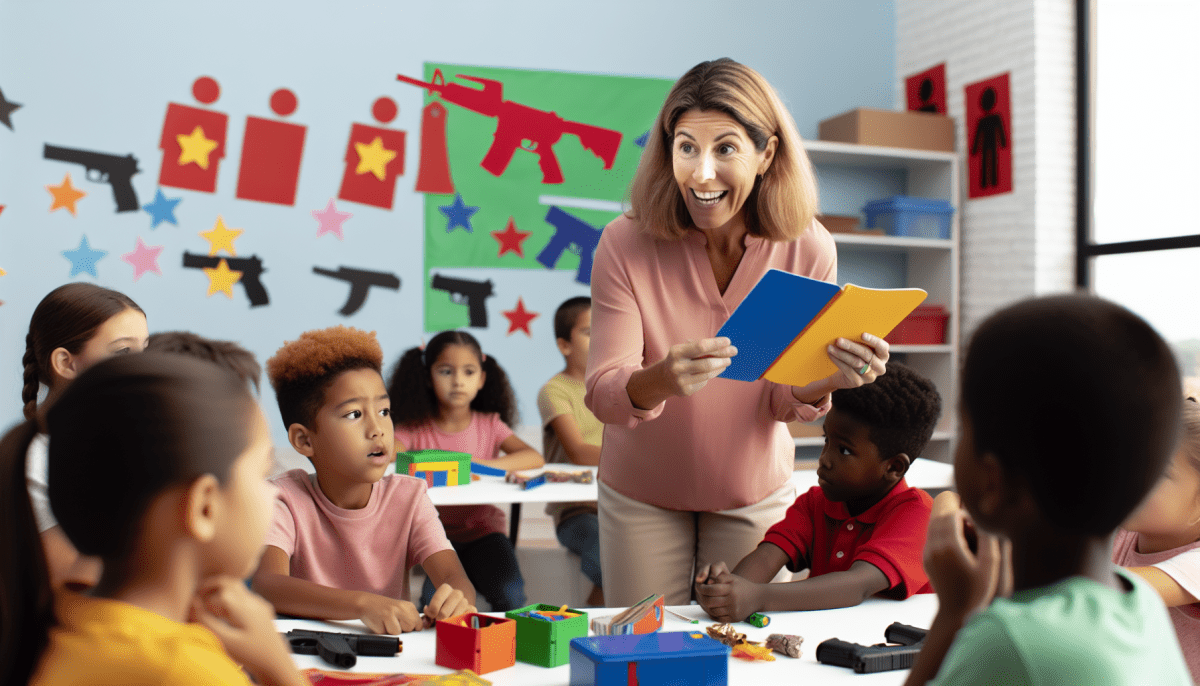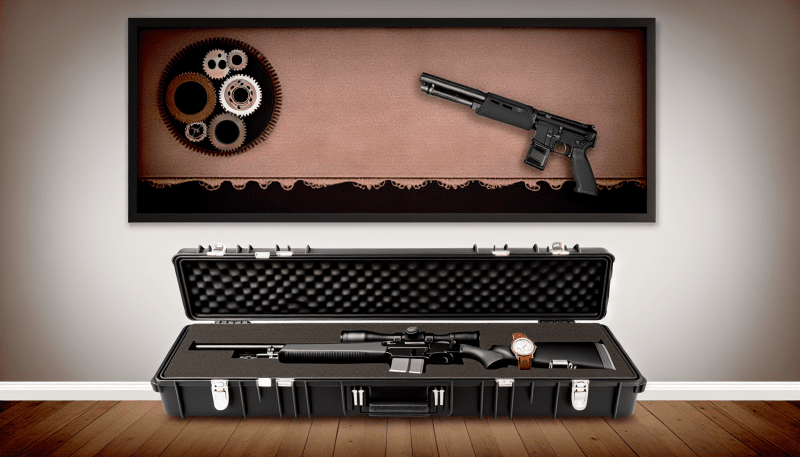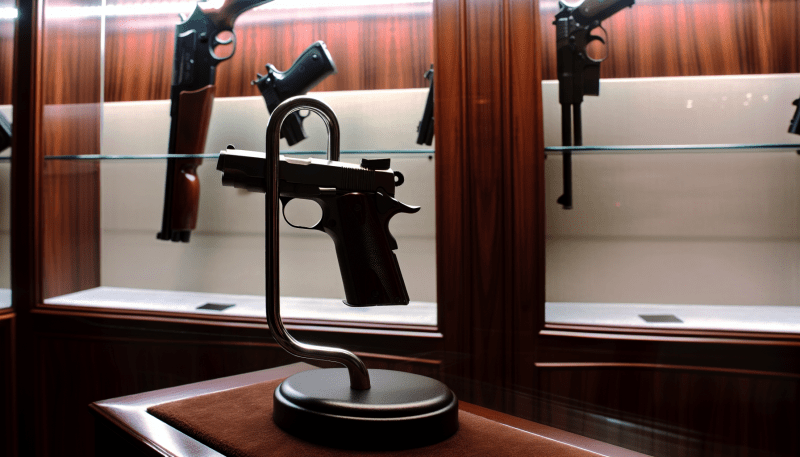When it comes to teaching kids about gun safety, it's all about making sure they understand the importance of being safe and responsible. Kids are naturally curious, so having open conversations about guns can really help. Start by explaining what a gun is and why it can be dangerous if not handled properly. Use simple language and avoid scary terms. Focus on the facts!
Make sure the kids know some basic rules. These are important to remember:
It’s also helpful to show them what a gun looks like and how it’s used. You can teach them about different types of guns, but keep it age-appropriate. Use examples and maybe even role-play scenarios to make it more engaging without glamorizing the weapon itself.
Finally, reinforce the idea that gun safety is everyone’s responsibility. Encourage them to always ask questions if they’re unsure or curious. Having these conversations open a door for kids to express their thoughts and concerns. It’s all about creating a comfortable environment where they feel safe to learn.
Creating a Safe Environment
Next, store all guns securely. Use a locked safe or a gun cabinet that's out of reach. It’s critical to keep firearms away from kids who might be curious. If they see guns as something they can’t touch or play with, they’re less likely to get into trouble. Everything should be in its place, and you should keep ammunition stored separately, too.
Don’t forget to teach your kids the basics of gun safety. Explain the "stop, don’t touch, run away, tell an adult" rule. This simple guideline can help them remember what to do if they ever encounter a gun. Role-playing different scenarios can make the lesson stick and feel less intimidating.
Finally, lead by example. Kids learn a lot by watching you. Show them how you handle guns safely, and always practice good habits yourself. When they see you following the rules, they’re more likely to understand the seriousness of it all and adopt those same behaviors.
Fun Ways to Teach Safety
Teaching kids about gun safety doesn’t have to be a boring lecture. In fact, you can make it fun and engaging! One great way is to use role-playing. Kids love to pretend, so set up scenarios where they can practice what to do if they encounter a gun. Create a safe space and use toy guns to help them understand without any real danger. This hands-on approach gets them thinking and keeps it exciting.
Another idea is to use games. There are plenty of board games and online games that focus on safety skills, including gun safety. Look for educational options that encourage kids to think through different situations. You can even create your own game where they score points for answering safety questions correctly or for identifying safe and unsafe behaviors.
Incorporate storytelling too. Kids love stories, so share some age-appropriate tales that highlight safety. These can be real-life examples or fictional stories where characters face challenges related to gun safety. Ask them questions after the story to spark discussion and deepen their understanding. This helps them relate to the topic in a way that feels natural and fun.
Finally, involve art! Have your kids draw pictures or make posters about gun safety rules. This creative outlet not only helps reinforce what they’ve learned but also makes them feel proud of their work. Plus, it’s a great way to start conversations about safety in a relaxed setting.
Building Trust with Open Conversations
Talking about gun safety with kids isn’t just a one-time chat; it’s an ongoing conversation. The more open you are, the more your kids will trust you and feel comfortable asking questions. Make it a point to discuss gun safety regularly, and keep the tone light but serious. Kids are more likely to absorb the information when they don't feel intimidated.
Start by creating an environment where they can express their thoughts. Ask them what they already know about guns and listen carefully to their answers. This helps you understand their mindset and allows you to fill in any gaps in their knowledge. Be approachable so they feel it’s okay to talk without fear of judgment.
Use real-life scenarios to make the conversation relevant. Talk about why guns should be treated with respect and not as toys. Role-playing can be super effective! You can ask them how they would react if they found a gun or saw someone using one. This way, they’ll have clear examples to reference when they encounter these situations.
It's also important to reassure them that it’s perfectly fine to talk about guns. Many kids think they should keep quiet about the subject, especially if they’ve seen guns in movies or on TV. Clarify that the goal is to keep everyone safe and that their safety—and the safety of others—is the top priority.



